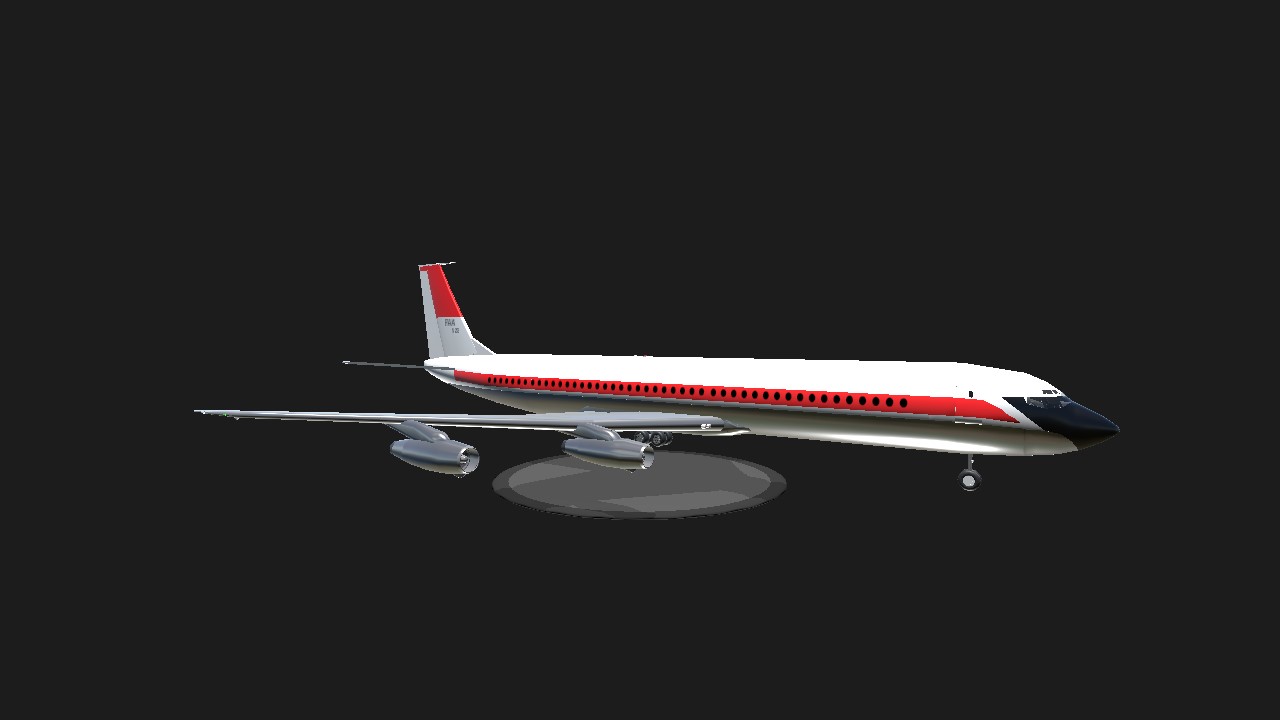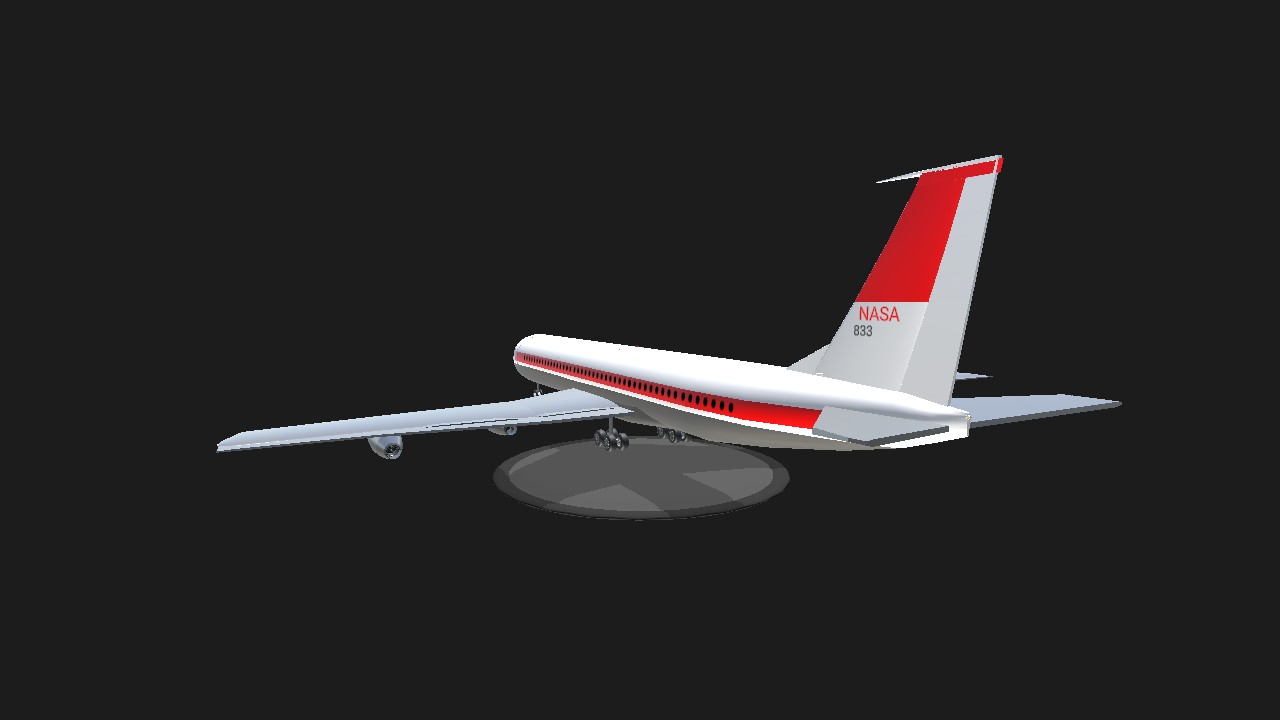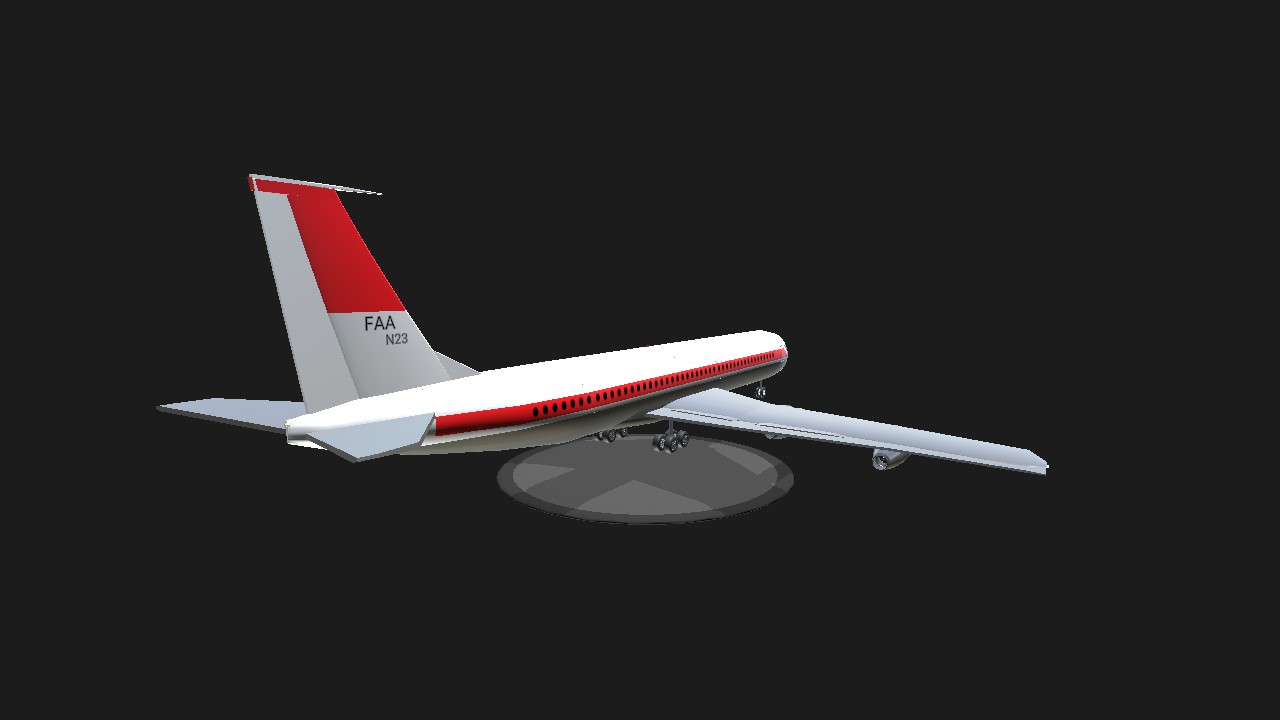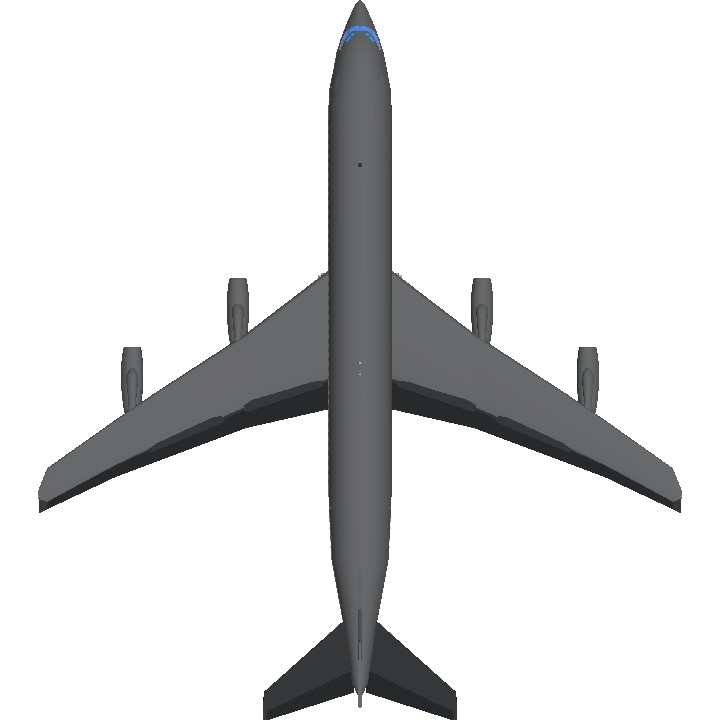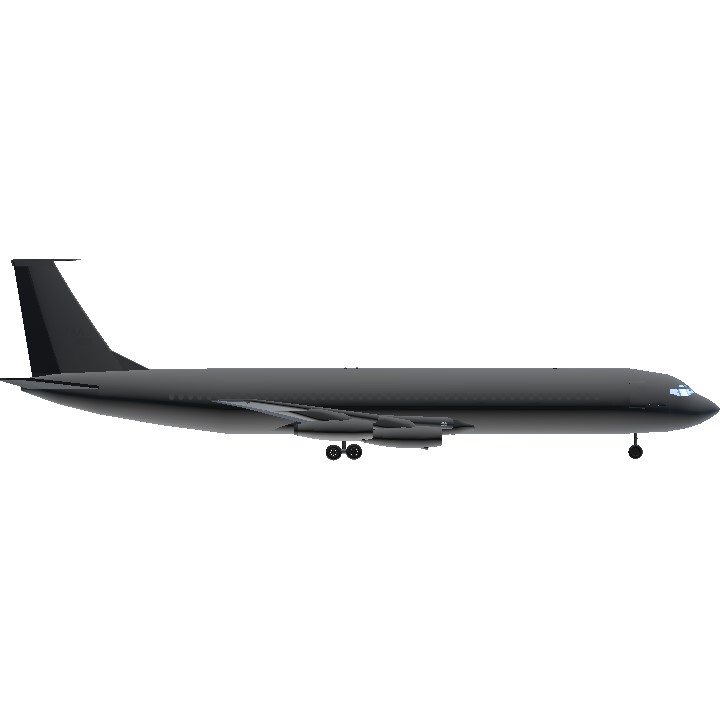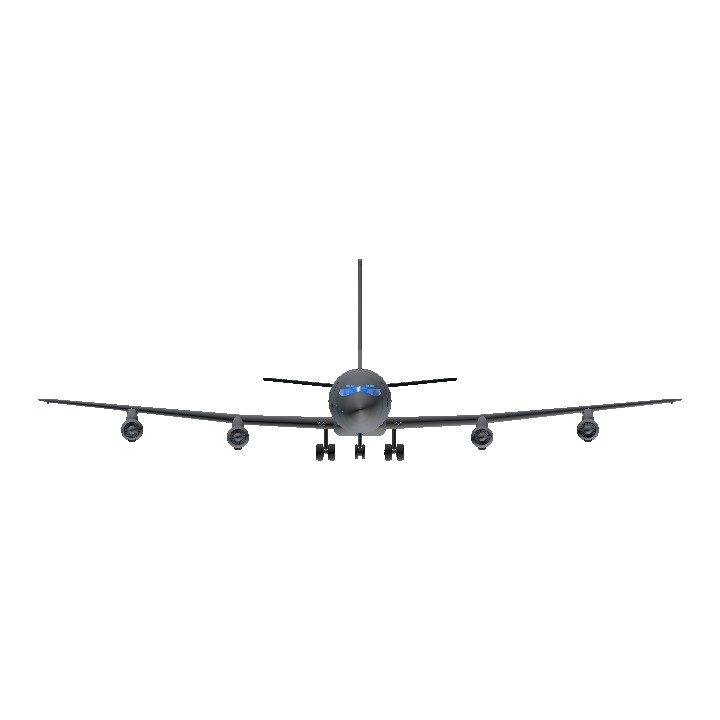This is not my plane, I am only responsible for making the paint. Please support the original author


Controlled Impact Demonstration (also known as Desert Crash) is a joint project between NASA and the Federal Aviation Administration (FAA) in the United States. The project intentionally crashed a remotely controlled Boeing 720 aircraft filled with test dummies to obtain data and test new technology (anti fog kerosene test fuel) to help passengers and crew survive. This plane crash requires over four years of preparation work from NASA Ames Research Center, Langley Research Center, Dryden Flight Research Center, Federal Aviation Administration, and General Electric Company. After multiple test flights, the plane crash test was conducted on December 1, 1984. The test flight proceeded as planned, but when it crashed, one of the engines on the right side was punctured, creating a spectacular fireball that took over an hour to extinguish. The Federal Aviation Administration of the United States has concluded that approximately one-quarter of passengers will survive, and that testing fuel with anti fog kerosene is not sufficient to reduce the risk of fire, and some modifications need to be made to the equipment in the passenger cabin of the aircraft. NASA has concluded that head up displays and microwave landing systems will help pilots fly aircraft more safely.
Specifications
Spotlights
- applepies 2 months ago
General Characteristics
- Predecessor Boeing 720-023B Middle East Airlines flight 438
- Created On Android
- Wingspan 129.9ft (39.6m)
- Length 145.1ft (44.2m)
- Height 40.8ft (12.4m)
- Empty Weight N/A
- Loaded Weight 89,690lbs (40,682kg)
Performance
- Power/Weight Ratio 0.751
- Wing Loading 33.3lbs/ft2 (162.8kg/m2)
- Wing Area 2,690.0ft2 (249.9m2)
- Drag Points 5902
Parts
- Number of Parts 323
- Control Surfaces 13
- Performance Cost 1,809

